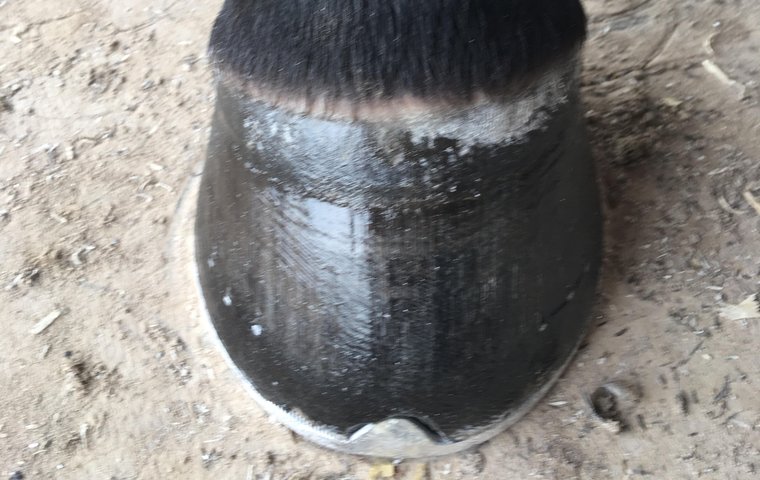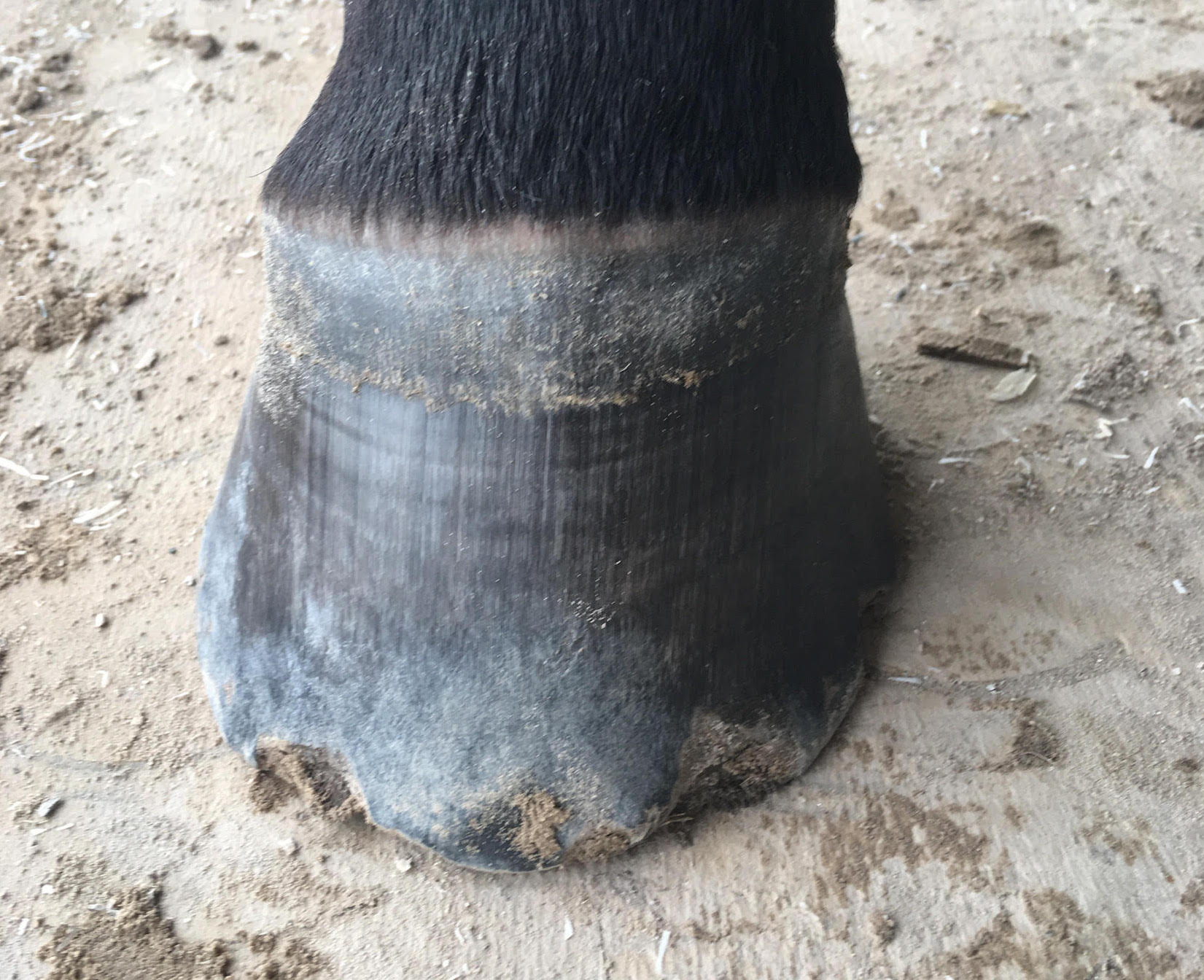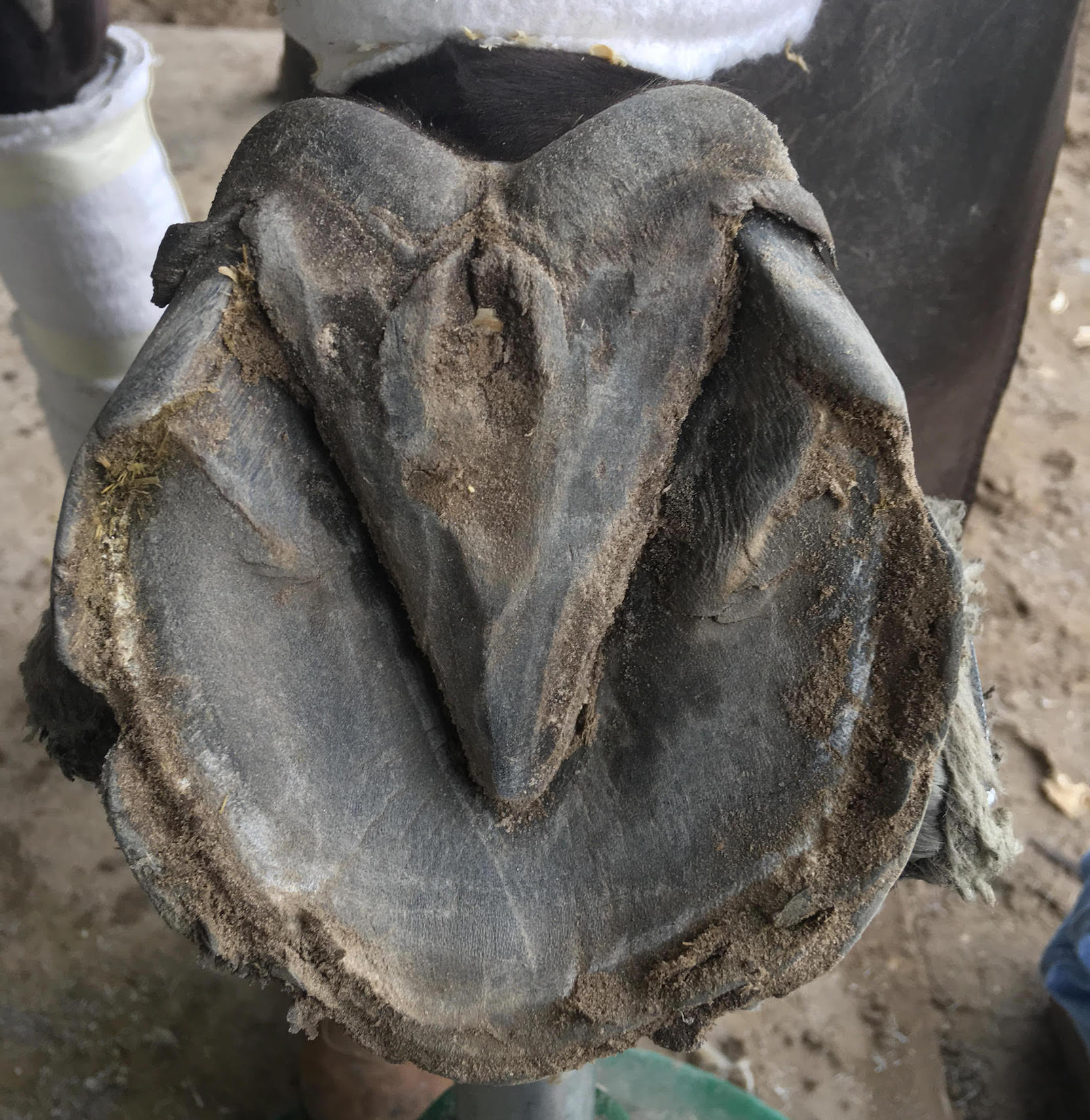
The skill of the farrier is one of the most important factors in the preparation of any horse for competition, and James T Bayes, a third generation blacksmith who has shod some of the world’s top Thoroughbreds, including Cigar, Alysheba and Orb, is one of the most skilful there is. Here, in the first of an occasional series, he addresses one of the most basic issues of the craft.
“Is it necessary to keep shoes on my horse?” It has been a question asked many times, and it remains a highly debated topic.
Horse owners could be considered among the most diverse groups in the world, whose horses all have very different purposes. The purpose of this article is to help you answer this age-old debate, benefiting both you and your horse, and ensuring top performance.

What are you currently doing with your horse? Is he or she in training for a race or a Grand Prix dressage class, or is he or she a yard ornament? Three main factors must be considered before deciding if shoes are necessary:
How far into training is your horse? Are you still doing groundwork, or are you already in the saddle? Most horses with a good foot do not require shoes until they are further along in their training program.
What types of terrain are your horse’s feet exposed to? This is one fact often overlooked by many horse people. Over the last several years, many farms have been made to look more like scenery on a postcard, focusing on aesthetically pleasing designs. As a result, most have lost functionality. Many of today’s farms have traded natural surfaces for concrete floors, metal grates in stalls, and blacktop roads, among other things. Although these make everything more human-friendly and picture-perfect, horses were not designed for these surfaces.
The final — and most important — factor is the horse. Each needs to be treated as its own, independent case. Like humans, horses are all different. Some will never have foot problems, no matter what surfaces they are exposed to, while others are constant projects.
Remember, your horse was not born with shoes. Horses in the wild never see a farrier, nor receive special care for their feet. That being said, wild horses are victims of natural selection. From this, many problems are not passed down their pedigree.
As horse people, we try to achieve several objectives by breeding - drive, build, and conformation - to accomplish our goals. Your horse may have the most prestigious pedigree in your sport, but it may have many faults found throughout its bloodline.
A horse with good feet can go without shoes. Over time, the horse foot will form its own ‘natural shoe’. A quality farrier will know how to give and take what is needed to keep the animal comfortable.
A common misconception is that once your horse has shoes, he or she will have to have them until the end. Sometimes, this is the case, but, more often than not, it would be the same as you having worn shoes your entire life and one day deciding to go barefoot. There is going to be a transition period, but your horse will adapt.

Now, let’s say your horse is advancing enough and it’s time for shoes. Shoes can provide excellent protection and can advance your horse’s performance.
Going barefoot or shoeing your horse is entirely up to you, as the owner (or trainer). It is always important to keep an open line of communication between you and your farrier.
Make sure your farrier knows what current and future plans are so that you can make a good decision, based on what’s best for the horse.


